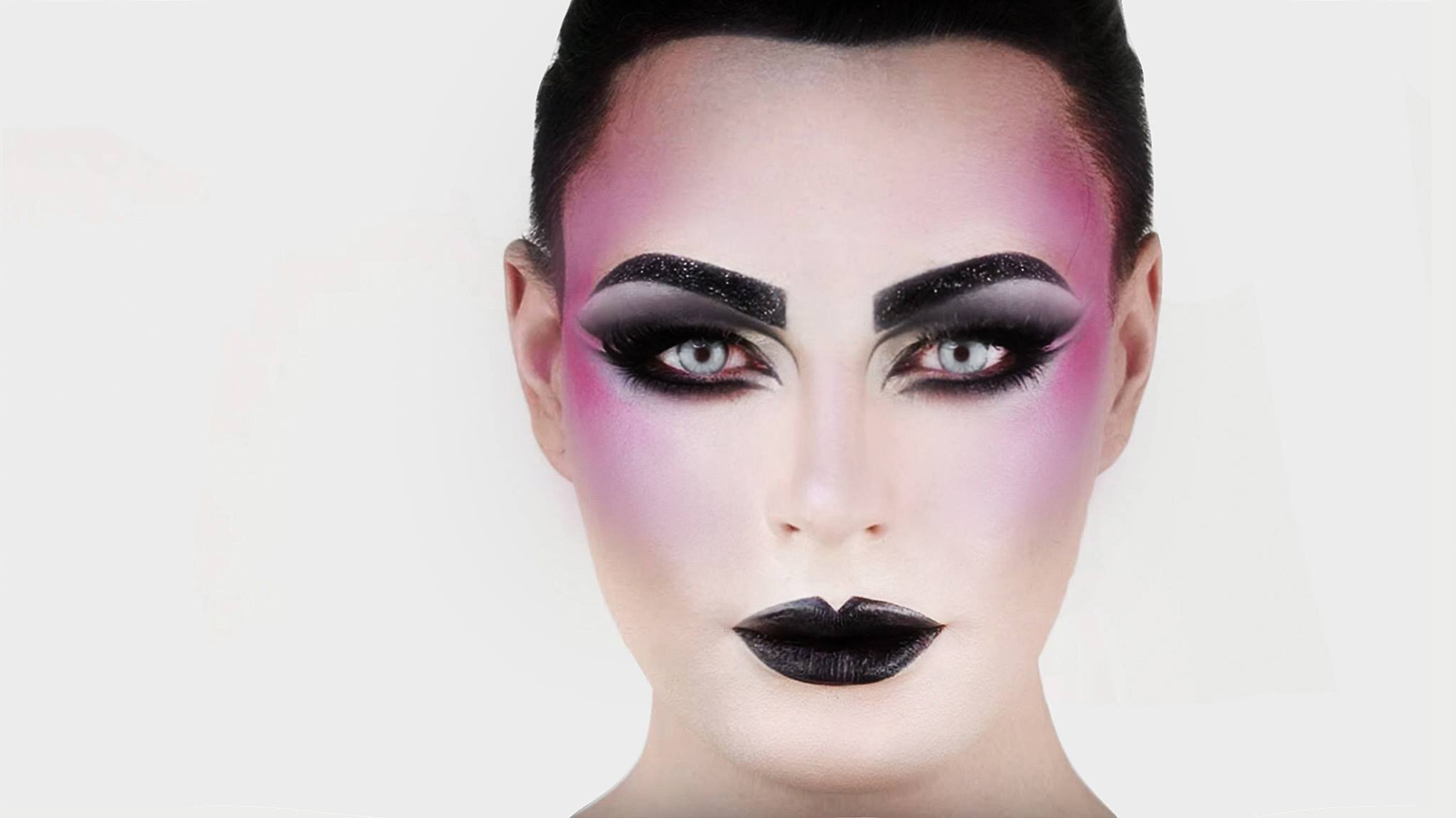Golden Ratio
I have always been obsessed with proportion, I have an eye that will not allow me to create something that’s off, and even years after I’ve created something, I will go back to it and repaint it. If we were talking oil paints instead of photography, I’d be the painter that revisits something time and time again, I am more of a perfectionist than a kamikaze style creative.
Within my work, I believe that there is a huge correlation between art having an impact on changing what will become. Art becomes life. I set out ideas in my work that I hope will inspire people in some way. For me, I believed that I could not only change other things, but I could also alter myself, and it wasn’t just a case of vanity, this really was a way of creating a version of myself that I could feel was more the higher me. I wanted to lay the foundations down by manipulating imagery so that I could more easily create something on top. That is how I engineered my early art work, I combined digital manipulation of images with filters and makeup. This stuff is commonplace now, but I received a cacophony of angry people telling me that it was wrong to do it - but I kept on going because whilst simultaneously creating imagery, I was also exploring self-modification in the physical and I have since reached consistency with my self-driven artwork. I became my art work.
I feel that the golden ratio is something that plays a very important role in this, as many people now know that doctors and plastic surgeons use this clever means to dictate the most pleasing proportions of the face. The thing that surgeons do no take into consideration, is that classical architecture was not only designed to work around this ratio, but it was called ‘golden’ because it became the thing of beauty when the sunlight hit. The magic in the moment is the lighting. It’s not just the proportion, a shell doesn’t look like a shell in the dark. These classical structures don’t look magical in the dark, it’s about a combination of structure and perception through light.
Often what happens with the era of selfies and fillers, people get work done and they apply these proportion rules to their work, but they forget that they are a mobile entity and their faces move. The human eye is not the same aperture as a selfie camera, and in that fascination, I have always wanted to play with what we see, and how we see ourselves, vs how the world sees us. And we can do that with digital avatars. And in my opinion, those avatars can become something in reality. So this series was set out to compare and contrast how it is possible to create ourselves and to lay a blueprint of what I wanted to attain.
Talking a little bit more about the creation of these images:
Above photographs used for Marie Claire Gender Makeup.
When I began working on Agitprop the book in 2014, I started to think about some of the work I had done with the Rupaul’s Drag Race contestants that I had painted, and there was a very flash, stark style of photography which I thought was different to what I would do. I combined my tutorials, the clean background and the bold colours, and translated that into a hybrid of the two. These were the exampes of my incarnations and how I could create something that shared my skillset during this time.
I also wanted to give homage to the looks I played with as a teenager, becuase many of those tutorials were so innovative for digital and I think they really opened up the way to young creatives. So I recreated HD versions of the looks, almost like MAC face charts. It was a fun an exciting way to bring some light to some of my most loved images.













